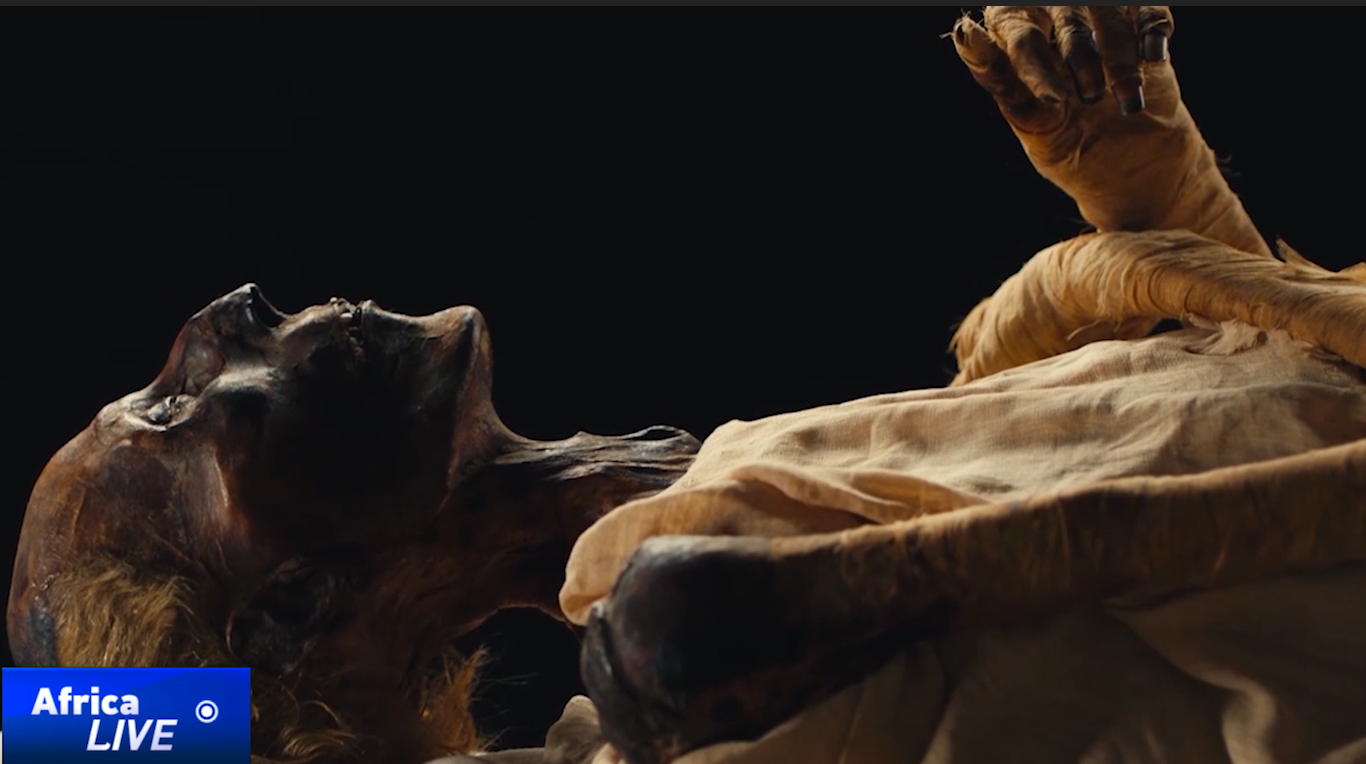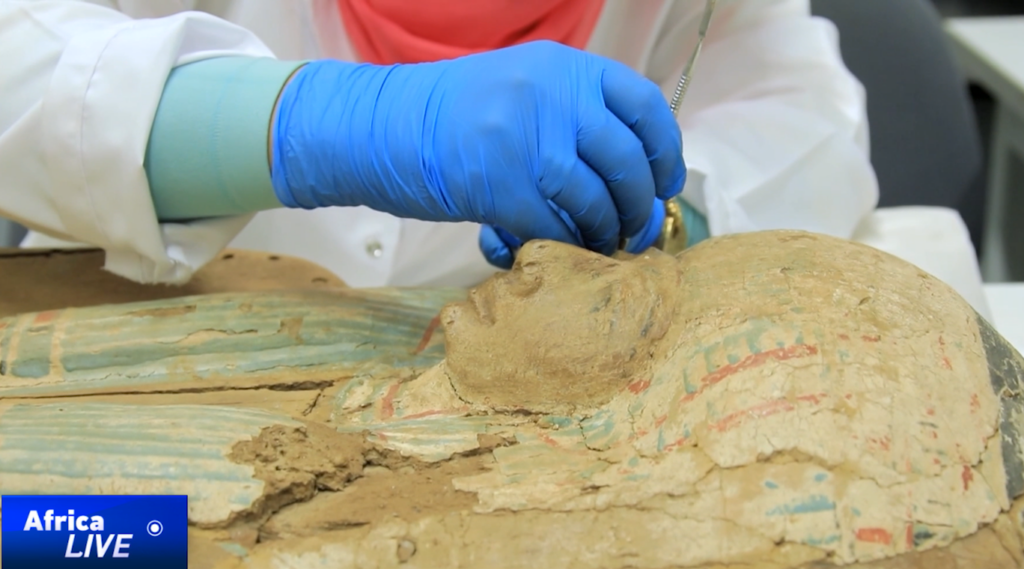
Ancient Egyptian DNA sample reveals insights into ancestry and civilization
A groundbreaking DNA analysis of a 4,600-year-old skeleton from Egypt’s Nile Valley offers new clues about the origins of one of history’s greatest civilizations. The first such biological evidence from this period, the findings illuminate how ancient Egypt evolved from scattered farming communities into a powerful, unified society.
Unearthed in the village of Nuweyrat in southern Egypt, the skeleton belongs to a man, likely a potter, who lived around 2600 BC and died between 44 and 60 years old.

The DNA analysis, a significant scientific achievement, shows that 80 percent of his ancestry traces to local Egyptian populations, while 20 percent originates from Mesopotamia—modern-day Iraq or Syria, some 1,500 kilometers away. This discovery raises intriguing questions about ancient migration, trade, and cultural exchange.
“When history and science converge, the results are profound. This research shows there’s no such thing as a ‘pure race.’” Bassam El Shammaa, an international lecturer on Egyptology, said. “Migrations, marriages, and trade led to a rich blending of ancestries, consistent with historical evidence.”
However, experts urge caution in interpreting these findings. Sahar Salem, a radiologist and mummy expert, warns against oversimplified narratives about ancient Egyptian origins.
“There’s been ‘whitewashing’ claims tying Egyptians to Europe and ‘blackwashing’ linking them solely to sub-Saharan Africa. This DNA, showing 80 percent local Egyptian ancestry, challenges those extremes. Identity is complex, shaped by archaeology, ethnology, culture, and religion, not just genetics.”

The Nuweyrat man’s remains, preserved under a ceramic tile, have provided a rare opportunity to overcome common challenges in ancient DNA research.
Egypt’s hot climate often degrades genetic material, and contamination over centuries can skew results.
“Extracting viable DNA from ancient Egyptian samples is incredibly difficult,” Salem explains. “The heat and limited reference libraries for ancient DNA make this a remarkable feat.”
The findings also challenge assumptions about ancient Egyptian life. Previously, scholars estimated an average life expectancy of 35–40 years, but this man’s age at death—44 to 60—suggests some lived significantly longer, offering new insights into health, medicine, and daily life in ancient Egypt. While this discovery marks a turning point, experts agree that more testing is needed before rewriting history.
“This is a promising start, but ancient DNA studies face hurdles like degradation and contamination,” Salem notes. Broader sampling across regions and time periods will be critical to building a fuller picture.
(Original Story by Yasser Hakim)






